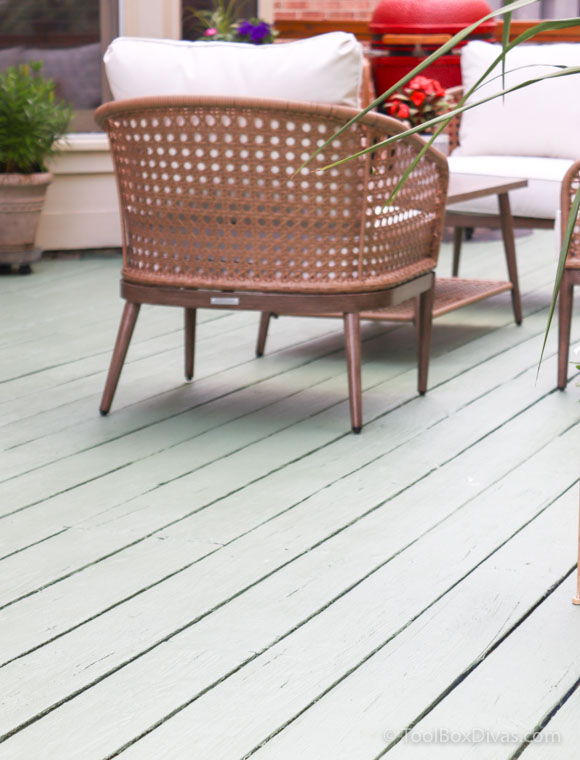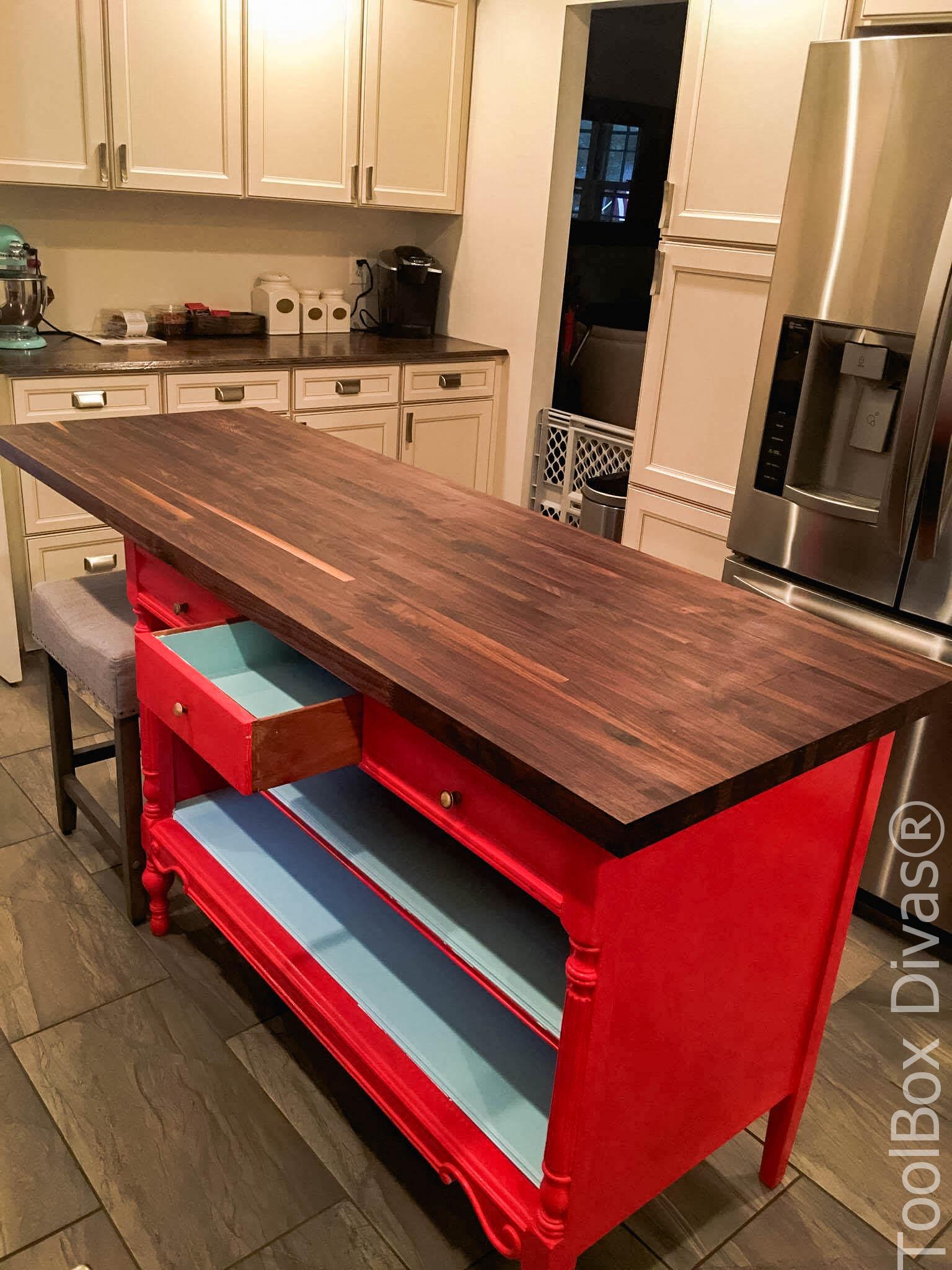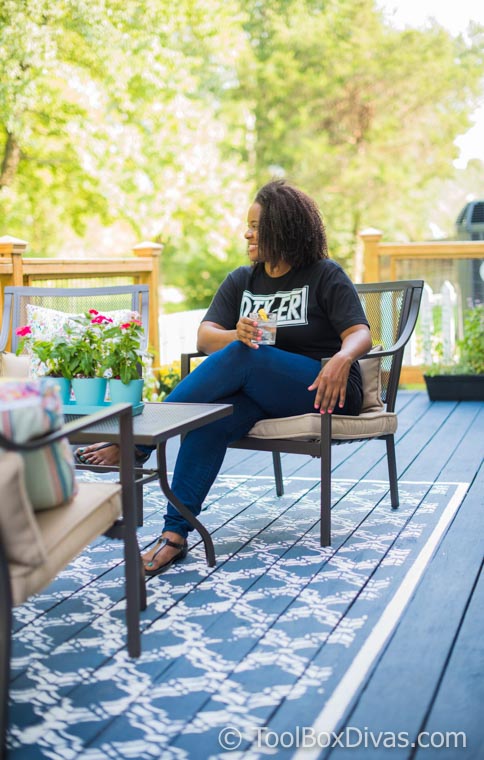Wallet-Friendly Way to Build a Micro Brewery

Going to a pub for a beer or two during a work week is a real treat for every beer lover. Today, with the rise of small breweries, we have an honor to taste hundreds of craft beers from the whole world. But have you ever asked yourself what it would feel like to start making your own beer? If your answer is affirmative, you should know that you are not the only one. Although there are many ready-made brewing kits available on the Internet, here’s how to make your own micro brewery in a wallet-friendly way from home.
Cooking-like preconditions
Brewing can be compared to cooking in many aspects. During both processes we make tasty products and they both require a combination of commitment and love. They also require large bowls. So, to start off the brewer-making process, it is necessary to buy or make a  container called the mash tun.
container called the mash tun.
In large breweries, mash tuns are those huge containers in which barley or wheat grains are soaked at the beginning of a beer-making process. In a DIY-at-home procedure, however, you will not buy a large mash tun, but make one all by yourself. This vessel is meant to keep the soaked grains in hot water – around 66°C – for about an hour and a half. After that, the liquid you get is your first beer, but only in its raw form. The question is how to make your own mash tun.
The right start
When it comes to the tun itself, it can be made in many ways. For instance, some home brewers use cool boxes as their beer reservoirs. It is a wise choice, owing to their thermal insulation quality. Some others buy special stainless containers. However, the cheapest option is making it from some things you already have at home or can easily buy at any local store.
First of all, you should buy two 25L buckets. One of them will serve as a sieve for the grains. What a sieve needs are holes, so you need to drill many little holes in it. So, first turn the bucket upside down and drill the holes; the ideal diameter for each hole is 2mm. A useful tip, cleaning-wise: do the drilling on a piece of nylon, to clean it easier after the work is done.
The bucket joint effort
Now you should put together the two buckets to get the tun. What you need to do now is make room for the tank connector and the pipe for tapping. Put the drilled bucket into the (still) non-drilled one and make room for the connector on both buckets by drilling a hole through both of them.
Getting a hole saw prior to this action is a smart thing to do. The next step of this part of the brewer-making process is installing a tap for the brew. When you have cut the buckets and made room for the pipe and the tap, use a hobby knife to do some fine shaping around the hole, so as to prepare it for the final touches.
Brewery insulation
When you have established the bucket-tap connection and sorted out the basics of the micro-brewery interior, it is time to deal with the insulation. As we have already stressed out, the temperature inside the mash tun is of greatest importance for your beer-to-be.
When you manage the essentials and start making your own variations on the process to make something similar to those well-known tasty beer specials, you will see how much the temperature of the brew affects the final product. So, you need to choose the proper foil and wrap (we recommend the bubble-wrap) to insulate the whole two-bucket structure. It will depend on the type of the buckets. Just bear in mind that the temperature has to be about around 66°C for 90 minutes.
Pipe things up
We are coming closer to our main goal. Now that the structure has been insulated, you have to connect the pipe and the connector installed on the inside of the mash tun with the tap outside. What we need here is to get the effect of a siphon, to ensure that the filtered liquid, obtained from crushed grains can be let through the pipe.
Make sure that all the joints are firm and tape all the soft spots with a water-proof tape. Now fill the system with water, to check if there are any leaks. If everything works properly, you can start dealing with some other secrets of home brewing.
This is how you can make your own brewery. Of course, it demands some planning and some time. Yet, the first glass of beer you drink from it will be a true reward for your effort.
Article written by Lillian Connors. If one thing is true about Lillian Connors, her mind is utterly curious. That’s why she can’t resist the urge to embark on a myriad of home improvement projects and spread the word about them. As the Co-Editor at SmoothDecorator, she cherishes the notion that sustainable housing and gardening will not only make us far less dependent on others regarding the dwellings we inhabit and what we eat, but also contribute to our planet being a better place to live on. You can check her out on Twitter and LinkedIn.






